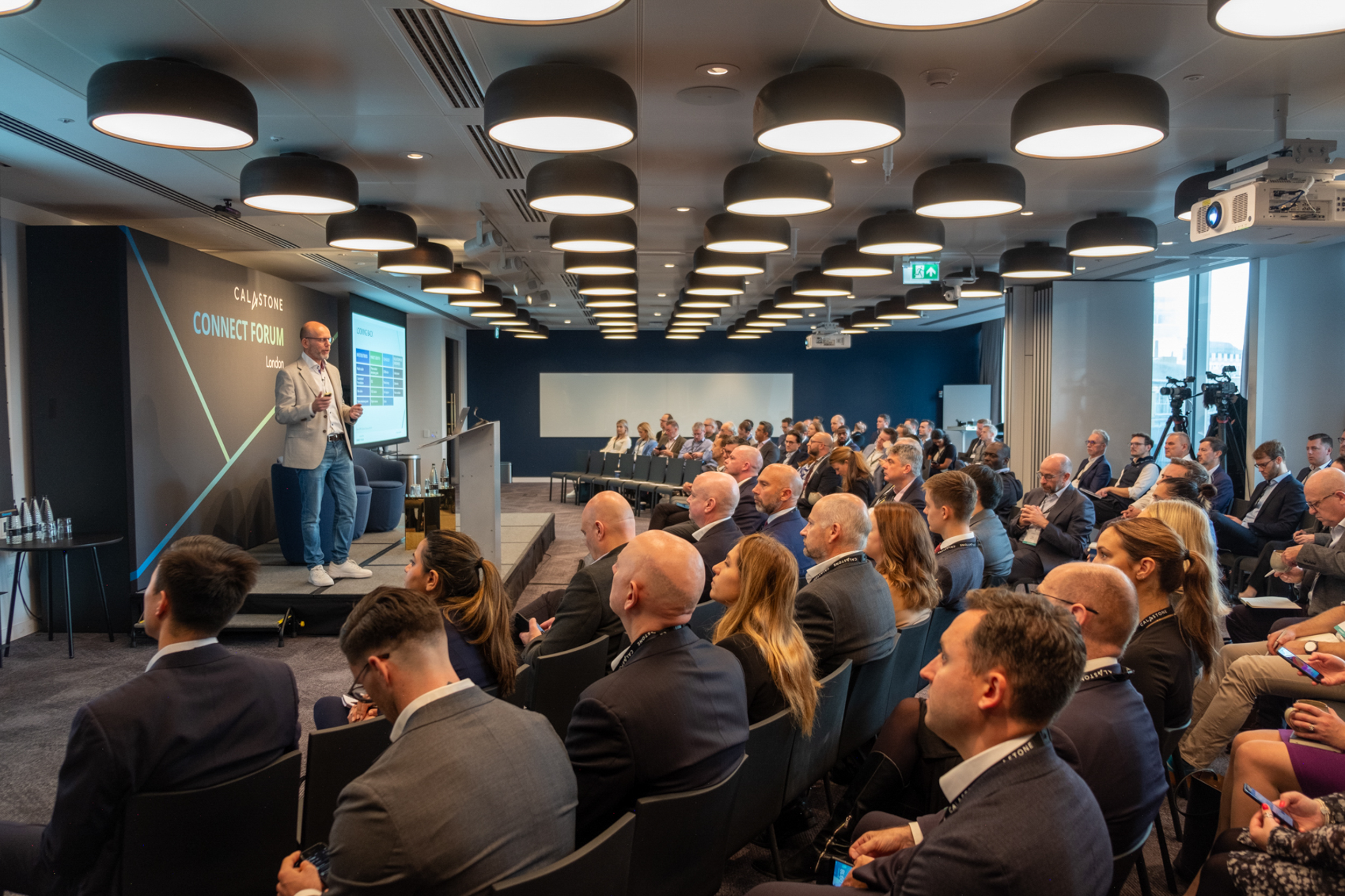Asking the question ‘why’ is a good starting point for changing things. It prompts people to question the accepted ways. For the mutual funds industry, one big question is ‘Why are we still stuck with so many hands-on processes?’
Most firms’ back offices have automated their trade order routing, something we at Calastone had a big hand in initiating 15 years ago. But progress in digitising payments and settlements has been a whole lot slower.
This needs to change, not just for efficiency’s sake but to give better value to end-investors. At Calastone, we have been asking why things are as they are for some time.
Above all, we have a clear vision of where the industry needs to go, and how it can get there.
You wouldn’t start from here …
While order routing and trading are now automated at most fund firms, automation often comes to a crashing halt at the point after the contract notes are received. Essentially, everything relies on spreadsheets, and perhaps some good macros, from the settlements calculation stage onwards. Well before the time cash starts changing hands.
At fund managers, distributors and transfer agents; whole teams of people descend on the trade data like pit-lane mechanics at a tyre change. Fund trades must be matched with the in-house records, settlement amounts calculated, payment instructions finalised before being checked, shared with Finance where they are rechecked before being sent to the bank. Then inbound payments need to be reconciled against expected payments while the status of all trades must be updated in the book of record. This is without dealing with changes to a counterparties details or any data or payment discrepancies.
Come settlement day, parties can sometimes delay payments out until incoming payments have been received. This just serves to run down the clock and place more pressure on teams of people as they look to make final payments just before bank cut-off time. This can create intraday liquidity issues for fund managers and distributors and the need to draw on bank credit lines. Lack of certainty over the timing of cash flows can complicate fund managers’ ability to invest incoming cash.
Late-in-day and missed cash settlements are by no means rare. In a survey we conducted in 2020, four out of five firms said they were either problematic or extremely problematic. With the majority of firms processing a thousand or more trades a day, this is no little matter.
The Calastone vision
Why has this gone on for so long? This is probably due to expense or the need to make a significant build to fit with a specific system. Then, there lies the challenge of accommodating trades from third-party systems. Our vision is different.
Feedback from across the industry was that it wanted a digitalised solution that offers three things. First is flexibility: it must be able to accommodate any form of connectivity, any payment bank and currency and all market participants.
Second is greater certainty: firms want full transparency over their their settlement obligations as they build up. This will allow any issues to be identified and dealt with ahead of time.
Third, it must be future-proof. That means two things – scalable so it can deal with the industry’s expected growth and capable of accommodating any change in settlement cycles.
Fund settlements reimagined
At present, the mutual funds industry is largely settling on a trade-by-trade or gross basis. With a fully automated settlement service as described above firms will be able to net off payments in against payments out, cutting settlement exposures to a fraction of current levels.
This will not happen overnight. Many firms will need to tweak their internal systems. At present, some firms have separate teams handling subscriptions and redemptions, for instance. And it can only happen where all parties are on the same network. But, we are getting there and a number of firms are already enjoying the benefits.
Calastone has developed all these capabilities. Our automated settlements – trade, gross, net – complement order routing to provide an end-to-end, digitised trade-to-settlement service. Fund industry firms no longer have to put up with the costs, errors and delays that come with manual processes. My question at the start – ‘Why are we still stuck with so many hands-on processes?’ – becomes ever more pressing.
Calastone Order Routing and Settlements is an automated, end-to-end order routing, settlements calculation and payments solution that lets firms instantly send and receive fund trades with any counterparty while trades are settled using any bank and any currency. This gives firms a holistic, real-time view of all their global fund trades, settlement positions and liquidity requirements.
Find out more here!





















